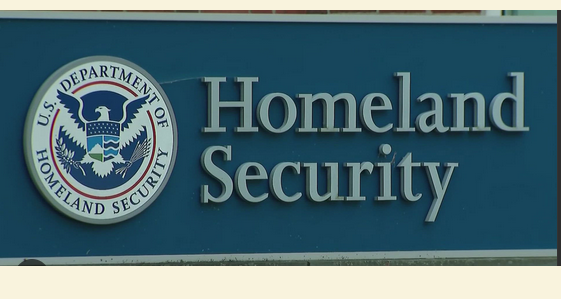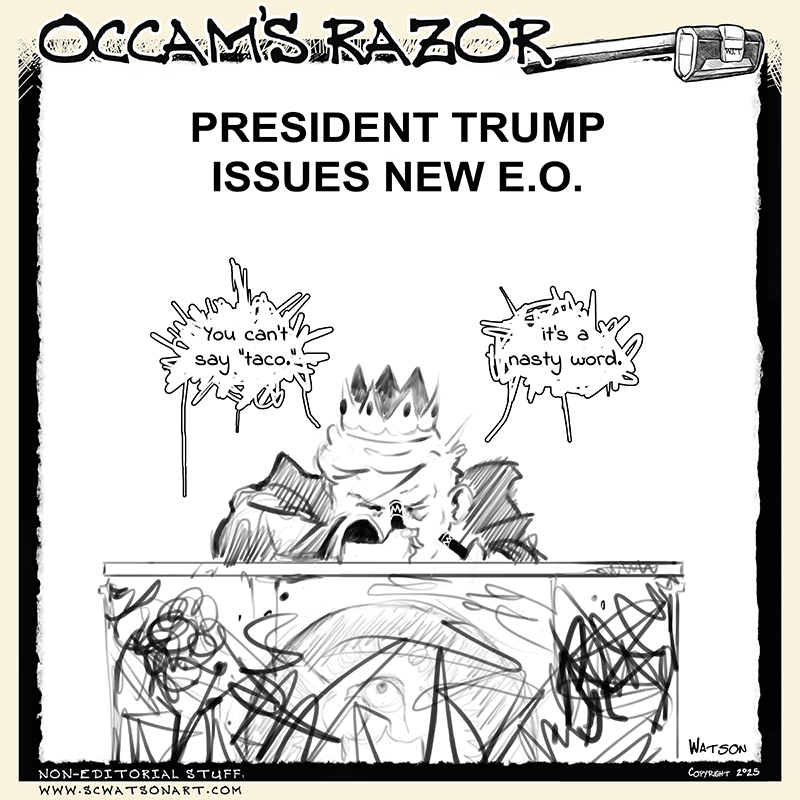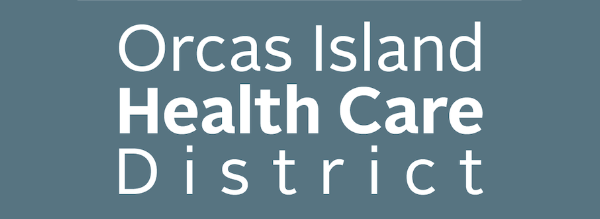By Robert Jean, County Administrator Pro Tem
Thanks in large part to the voters of San Juan County, for their approval in August 2012 of the Public Safety Sales Tax, along with other budget balancing measures, the County has achieved its budget stabilization goal for 2013, and at least through 2015. With good weather this Summer and early Fall, our 2012 revenues, which had looked like they would just meet 2012 estimates, our 2012 ending fund balance now looks to exceed 2012 adopted levels by about $200,000 (from better sales tax collections, development permits and careful spending by departments).
As a part of the long-term Budget Stabilization goal, the County Council adopted a series of reserve policies which also have been built into the 2013 Proposed Budget (10% Ending Fund Balances, Budget Stabilization Fund, and Debt Service Reserve Balances). Another Council goal included in the 2013 Proposed Budget was to eliminate the discretionary County Road tax shift ($300,000/year) and retain only the diverted road fund ($650,000 in 2013) for traffic safety services by the Sheriff. Minor adjustments to fees and charges are proposed to continue with the County’s services cost recovery policy. One major adjustment is proposed in order to move towards marginal cost recovery in our Town of Friday Harbor contracts for District (Municipal) Court and Sheriff (Police) services, gradually moving the Town contracts from about 65% towards 100% direct cost recovery (not factoring in any Countywide overhead costs, which Town residents already pay by being a part of the County).
The County’s long-term structural imbalance, however, remains. For 2013 Revenues will exceed Expenditures, and build Ending Fund Balances. For 2014 projections show Revenues and Expenditures about equal, and then for 2015 Expenditures again start to grow slightly faster than Revenues (even assuming low inflation levels, which may start to move higher in our year projections) and begin to draw down fund balances. This structural imbalance is due to the underlying shift in the County’s economy over many years, away from the more traditional agricultural and fishing activities, and towards tourism and new development. The “Great Recession” revealed this underlying vulnerability with rapid drops in County revenues since 2008 directly related to the drop in new construction (permits, sales tax and REET) and decline in tourism related revenues (lodging tax, sales tax and park reservations fees). The County reacted by cutting services and staffing levels since 2008 by 20-30% in some departments, and then with targeted service protections in the 2010 Levy Lid Lift, and this year protecting Public Safety services with the voter approved Public Safety Sales Tax.
So for 2013 the major changes in fund totals from 2012 to 2013 are as follows:
|
2012 Adopted |
2013 Proposed |
Change $ (%) | Note | |
| General Fund |
$14,229,233 |
$14,823,661 |
+$ 594,428 (+4%) | Largely from PSST |
| Grant Funds |
$ 3,088,642 |
$ 2,632,798 |
– $ 455,844 (-15%) | Planning and Health grants |
| Budget Stabilization |
$ 85,000 |
$ 157,609 |
+$ 72,605 (+85%) | General Fund Transfer |
| All Other Funds |
$32,302,859 |
$29,812,801 |
-$2,490,058 (-8%) | REET and Solid Waste down/ Conservation, Parks & Roads up |
| TOTAL ALL FUNDS |
$50,018,838 |
$47,596,268 |
-$2,422,570 (-5%) |
Community Conversation
While not a Strategic Planning process as such, the County needs to engage with the community in an open and candid discussion about the role of County government, the desired/needed County services/service levels, and how to pay for those services long-term. Short term the major cuts since 2008, the Levy Lid Lift and the Public Safety Sales Tax have aligned County revenues and service expenditures through 2015. But in 2016 the Levy Lid Lift expires. With community involvement in 2013, this replacement Levy Lid Lift could be submitted to voters in 2014, not later than 2015. But this should NOT be a discussion of services and revenues alone. What is needed is a broader discussion about the role of County government and how to begin to transform both the underlying economy (or not) and the organizational structure of County government to better meet the needs of the community using new technologies and 21st century governance principles vs. 19th century models of the past. I believe the conversation could be organized as a series of community roundtables on each of the major islands and on-line for everyone on 4 topic areas, THEN come back to the service level/mix and revenue/funding options for a sustainable community after discussing: Quality of Life; Partnerships; Streamlining; and Economy.
I do not believe that the Economic Development and Land Use Policies needed to help provide necessary County services are financially sustainable into the future. The citizens of San Juan County need to get engaged in an objective discussion of the economic implications of the choices involved: 1) Stay the course and continue to Raise Taxes to maintain current services and policies, 2) Continue to Cut Services to Core levels, or 3) Broaden the Tax Base to offset the tax burden on individual property owners. How this question is decided has implications on all the local governments in the County, not just County government. But the County is really the only agency capable of leading and implementing the necessary changes. Pretending otherwise will not make it so. Hope is not a Strategy.
2012 Accomplishments
While 2012 seemed to be the year where nothing went as planned, somehow a lot got done, more than Budget, Critical Areas Ordinance and Solid Waste. Countywide the major accomplishments were: Administration Transition; Budget Stabilization; Public Safety Sales Tax (PSST); Bond Sale; Critical Areas Ordinance (CAO); Solid Waste; Broadband/Wireless Ordinance; Information Technology Transition; Human Resources; and Community Information and Involvement.
2013 Goals
Many of the decisions and accomplishments from 2012 carry over into 2013 for implementation and monitoring, so while familiar, are different. Also, depending on what voters decide on the Charter, and with the recruitment of a new County Administrator/Manager, either a little or a lot will change at the governing body and leadership level. So for 2013 the major County Goals are: Governance; County Administrator/Manager Recruitment; Community Conversation; Budget Stabilization Beyond 2015; Critical Areas Ordinance Information and Implementation; Solid Waste Implementation; Courts Operational Efficiencies Support; Information Technology Plan and Funding; Capital Improvement Plan (CIP, TIP, CFP, etc) Priorities and Funding Options; and Board of Equalization Appeals and Treasurer Outreach on Farm and Timber Uses.
Conclusion
While it is still too early to say for sure , it appears that San Juan County has weathered the worst of the “Great Recession Storm”. Certainly we overreached in the economic good times, tried to do too much assuming one-time revenues could sustain long-term service levels. Now we have a more sustainable mix of revenues and services, thanks both to community support of the Levy Lid Lift and the Public Safety Sales Tax, but also to service and staffing reductions of 20-30%. Now, as the economy begins to recover, we must learn and remain disciplined into a “New Normal” level of County services and community expectations.
**If you are reading theOrcasonian for free, thank your fellow islanders. If you would like to support theOrcasonian CLICK HERE to set your modestly-priced, voluntary subscription. Otherwise, no worries; we’re happy to share with you.**






